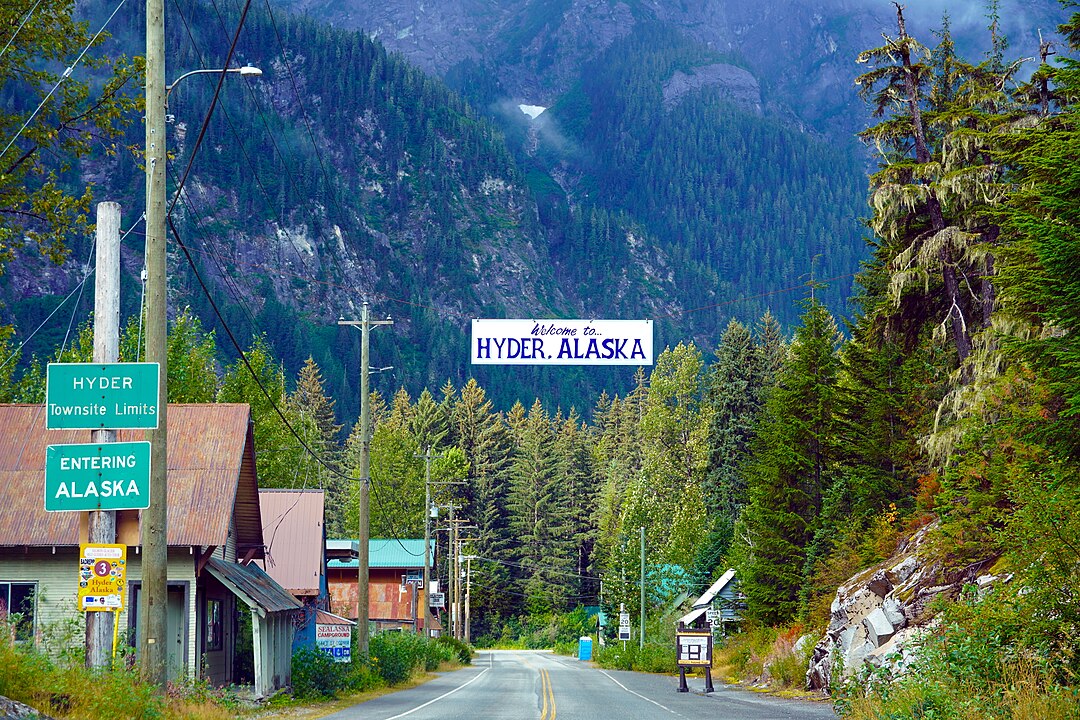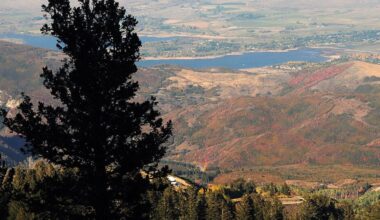Border life rewrites errands. In some American towns, geography and history push daily routines through a checkpoint, where a gallon of milk or a hardware run includes customs and a wave at familiar officers. These communities lean on the nearest main street, which often sits in Canada or Mexico, while school events, clinic visits, and weekend games slip across the line like weather. What this really means is that neighbors span flags, and practicality wins long before politics has its say.
Point Roberts, Washington
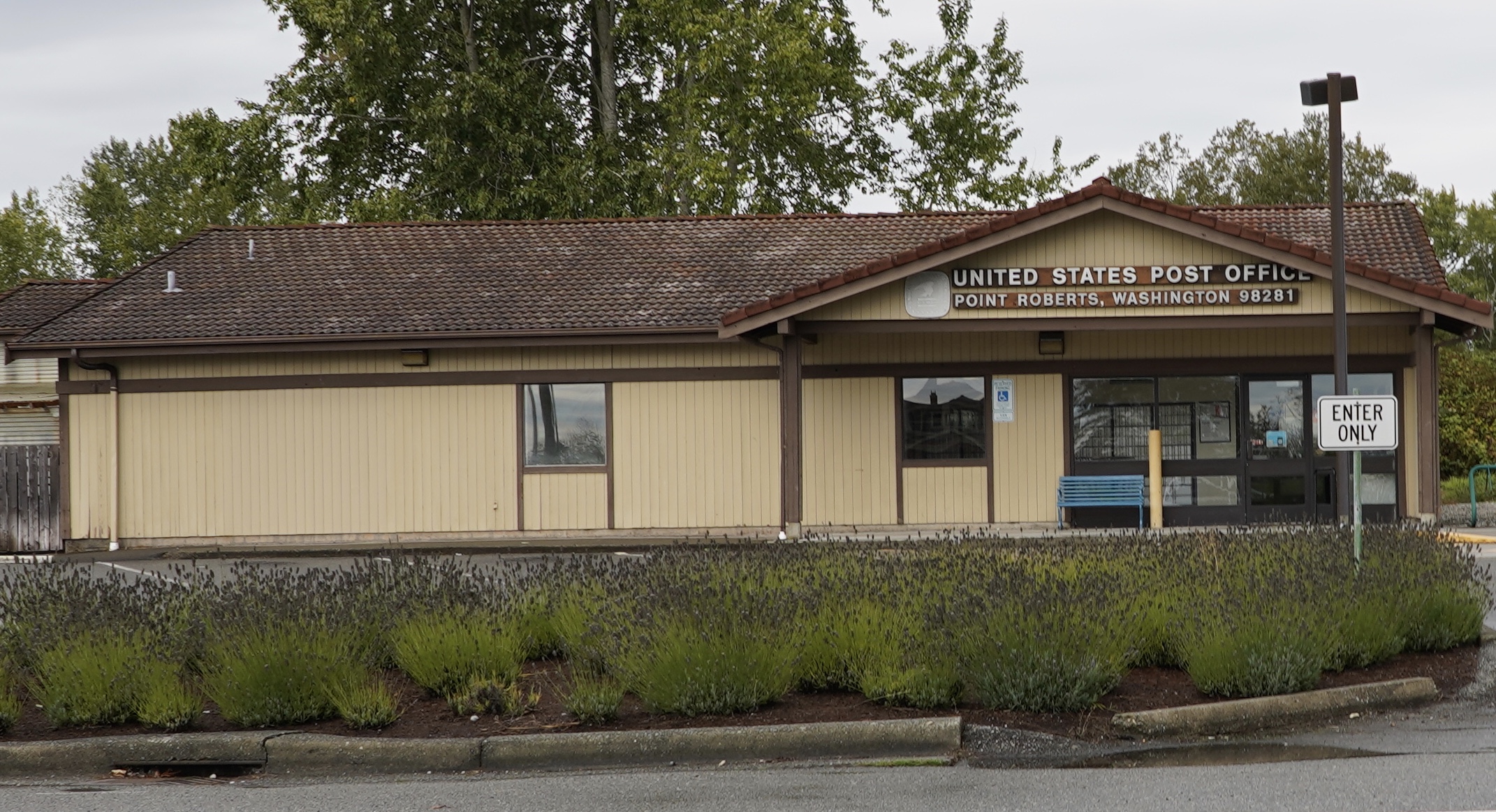
This tiny U.S. peninsula hangs below Vancouver, cut off from the rest of Washington by water. Residents drive a few minutes into Tsawwassen, B.C., for supermarkets, pharmacies, and sports fields, then return through the port with a receipt and a smile. Mail, medical appointments, even pizza nights depend on a friendly border rhythm. Groceries exist on the point, but the critical mass is Canadian, so weekly life flows north and back like an easy tide.
Hyder, Alaska
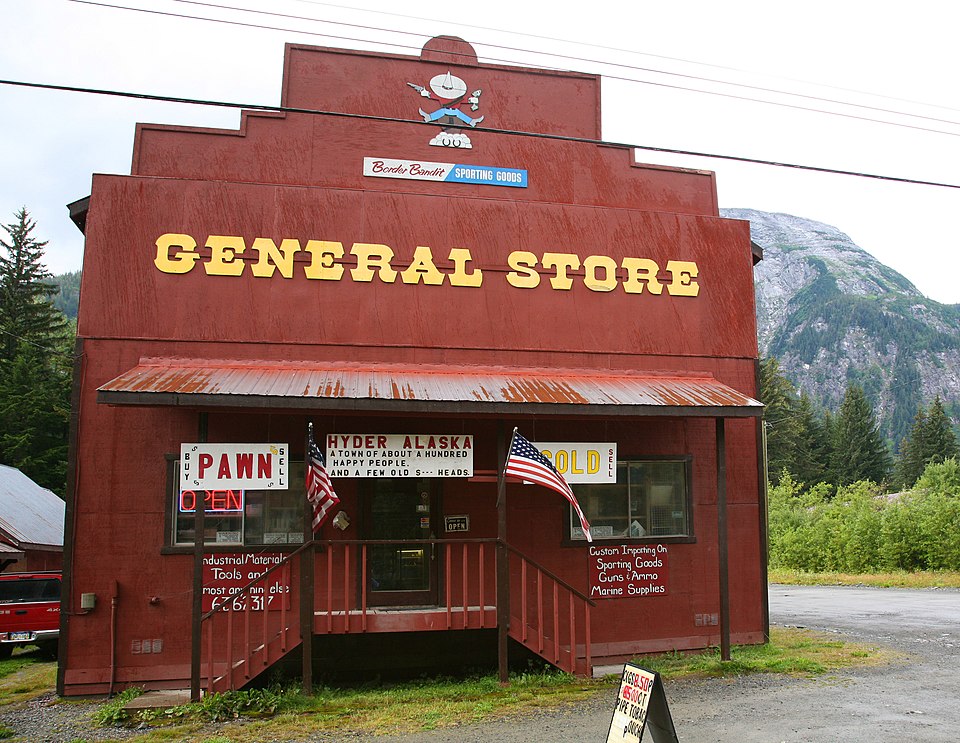
Hyder is Alaska by law and British Columbia by lifestyle. The only road out leads straight into Stewart, where residents pick up prescriptions, school supplies, and most services. Canadian phone numbers, metric fuel prices, and joint celebrations blur the line until customs closes late. Bears fish a shared creek in summer while locals swap news over bakery counters in Stewart. It’s one community with two flags, stitched together by a single paved road and daily errands.
Northwest Angle (Angle Inlet), Minnesota
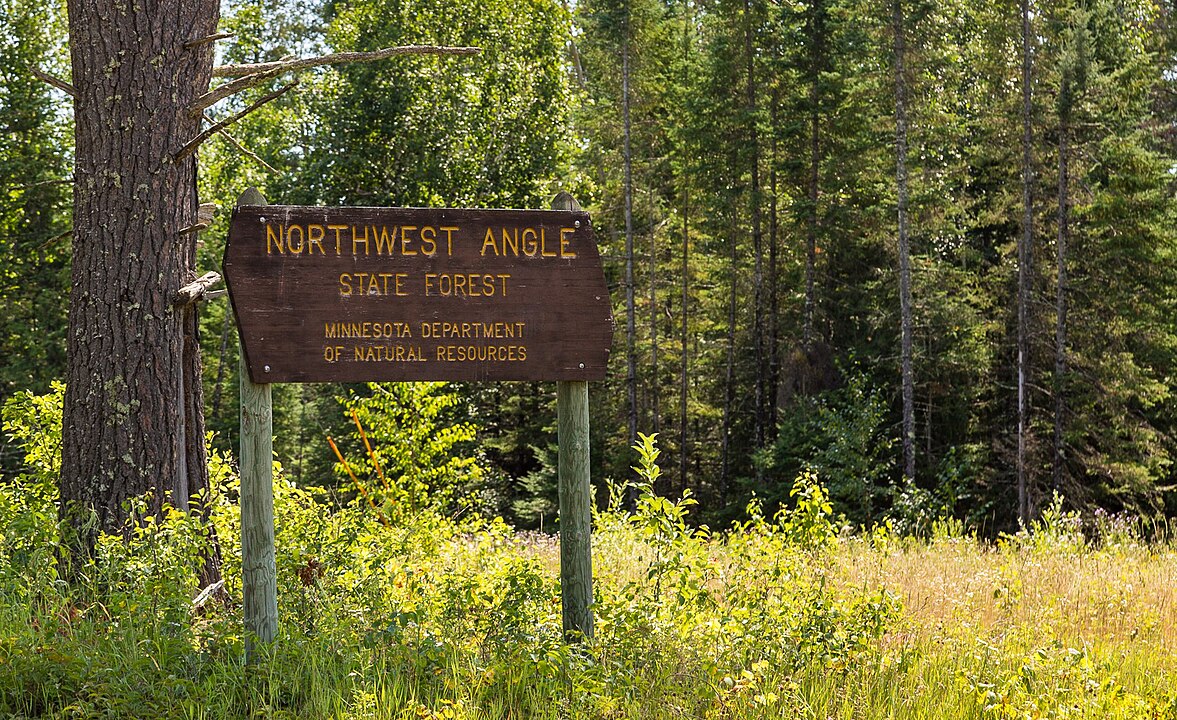
The Angle sits above the 49th parallel, reachable by ice road or by driving through Manitoba. Gas, groceries, and quick fixes often come from nearby Canadian towns, while supply runs to the lower 48 require planning around lake, weather, and paperwork. In winter, errands might ride a plowed track on frozen water; in summer, a boat or a long detour. Border staff know faces, not just documents, because routine life crosses more than tourists do.
Estcourt Station, Maine
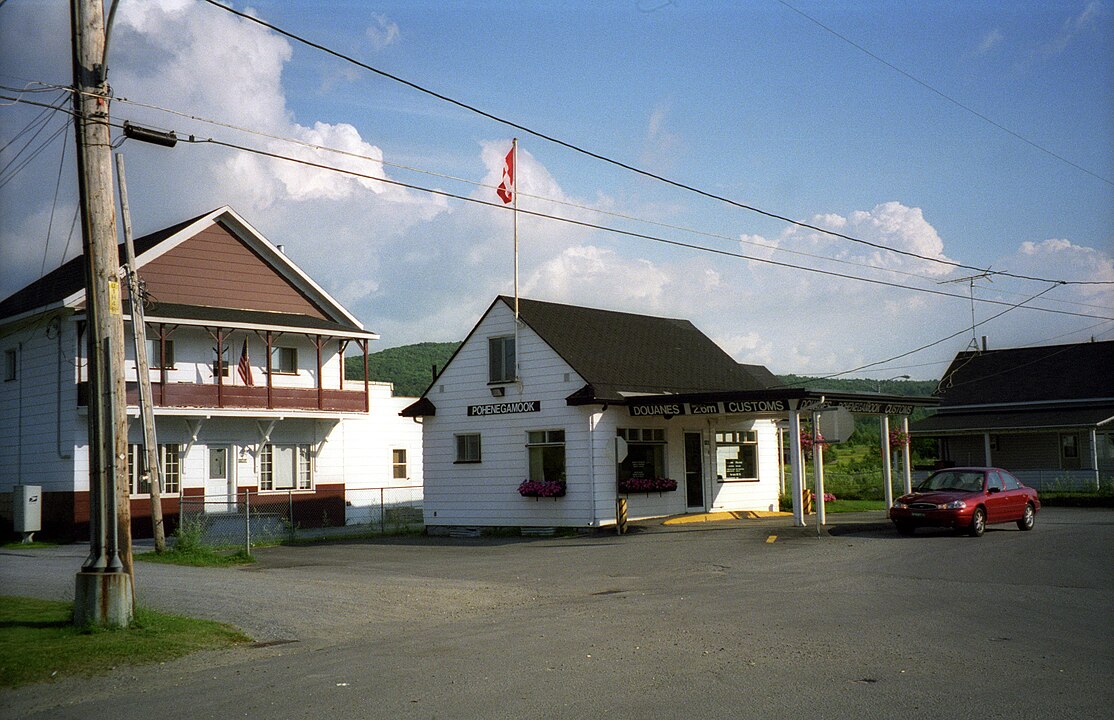
This speck of a hamlet touches Quebec more than Maine. A resident’s quickest route to milk or a mechanic is Pohenegamook, with the U.S.–Canada line slicing through driveways and fuel pumps. Hours at the crossing shape when packages arrive and when propane tanks get filled. Winter tightens the rules, but locals and officers treat groceries as a civic project. On maps it is remote; on the ground it is simply a cul-de-sac of Maine attached to Quebec’s main street.
Derby Line, Vermont
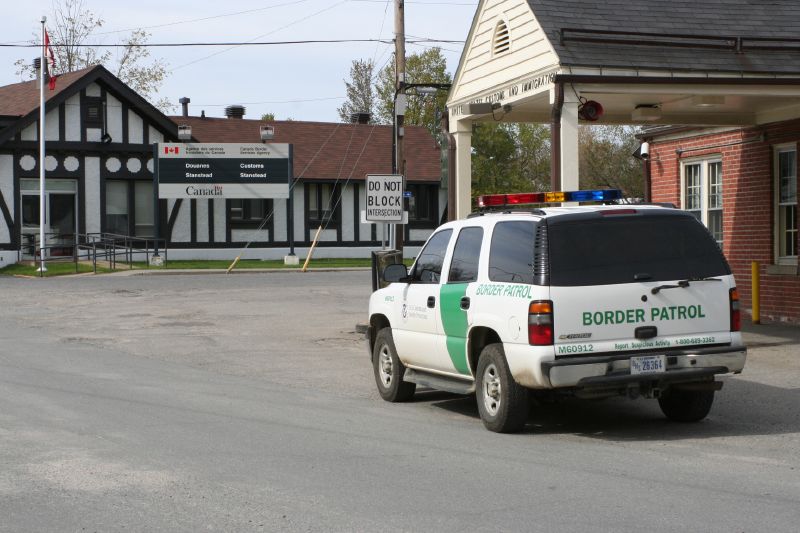
Derby Line and Stanstead share blocks, families, and a library that famously straddles the border. Everyday life still nudges residents north for pharmacies, bakeries, and rink time, only a few turns from their porches. Streets clip the line at odd angles, so a wrong corner can mean a checkpoint before coffee. The mood is neighborly and bilingual, with church bells and Zamboni schedules crossing as easily as people do. Errands are local, even when passports get a light workout.
Naco, Arizona
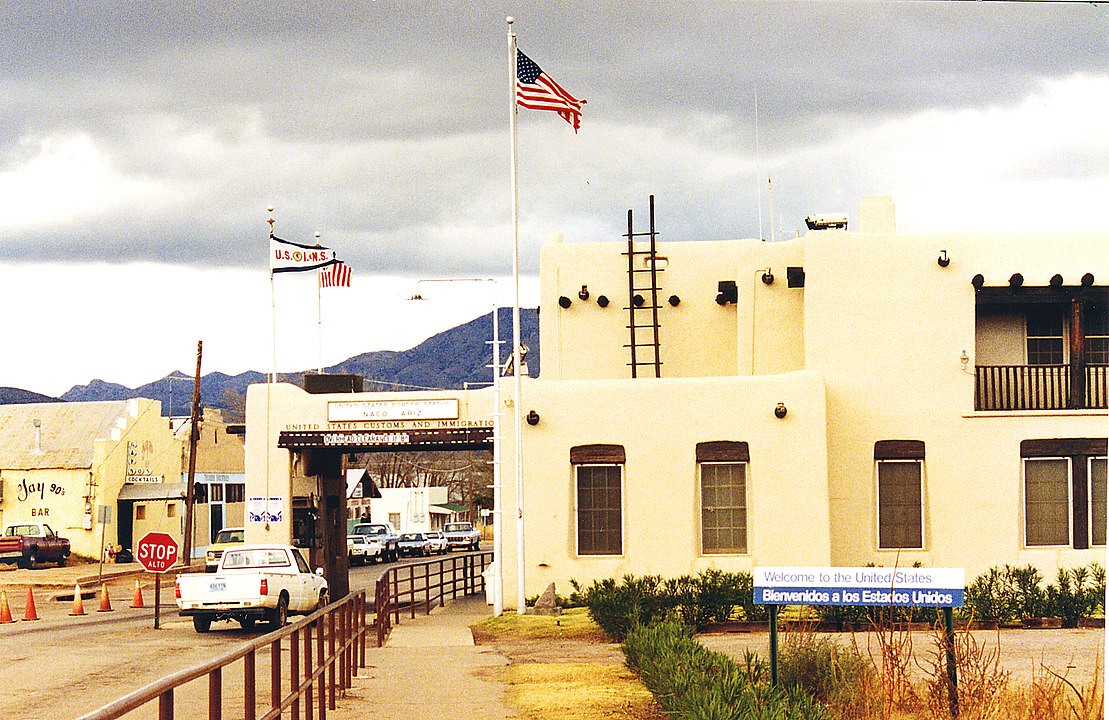
Naco is small on the U.S. side and stitched to a fuller downtown just across in Sonora. Residents cross for inexpensive groceries, fresh tortillas, and basic services, then walk or drive back with bags and receipts. Border officers know the drill; weekdays feel like market day split by a fence. The American post office and school anchor one half, while clinics and shops complete the circuit. It’s one shopping district with a checkpoint in the middle.
Columbus, New Mexico
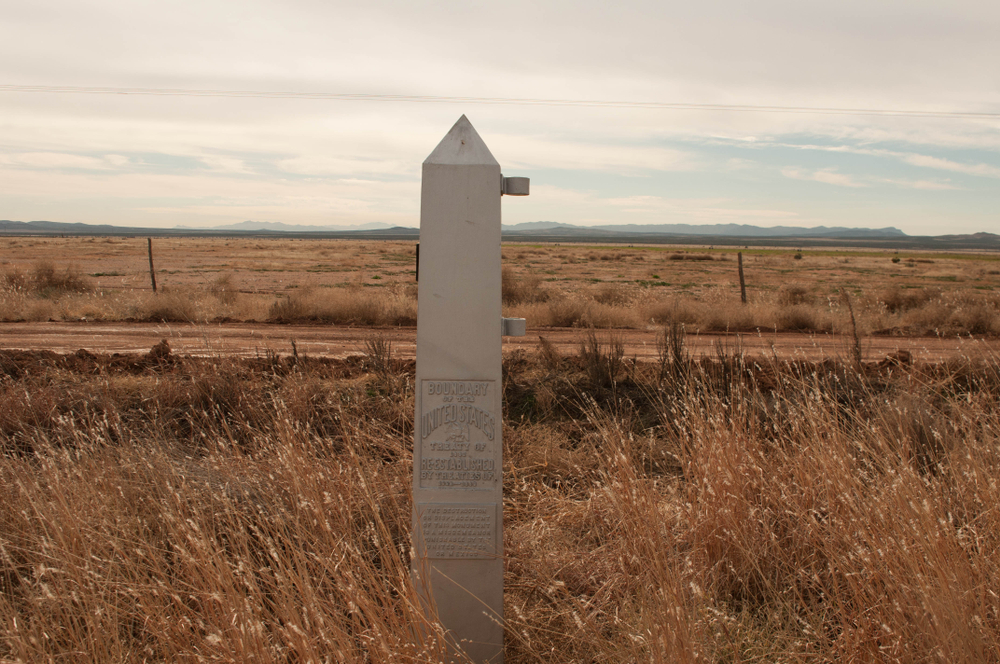
Columbus wakes early and looks south. The bigger selection sits in Palomas, where farmacias, dentists, and mercados line a tidy main street a few minutes past the port of entry. Locals time crossings to quiet hours, swap dollars at the counter, and head home with pantry staples and appointments booked. The U.S. side keeps mail and municipal business steady; the Mexican side carries daily variety. Together they make a practical town, two signs apart.
Lukeville, Arizona
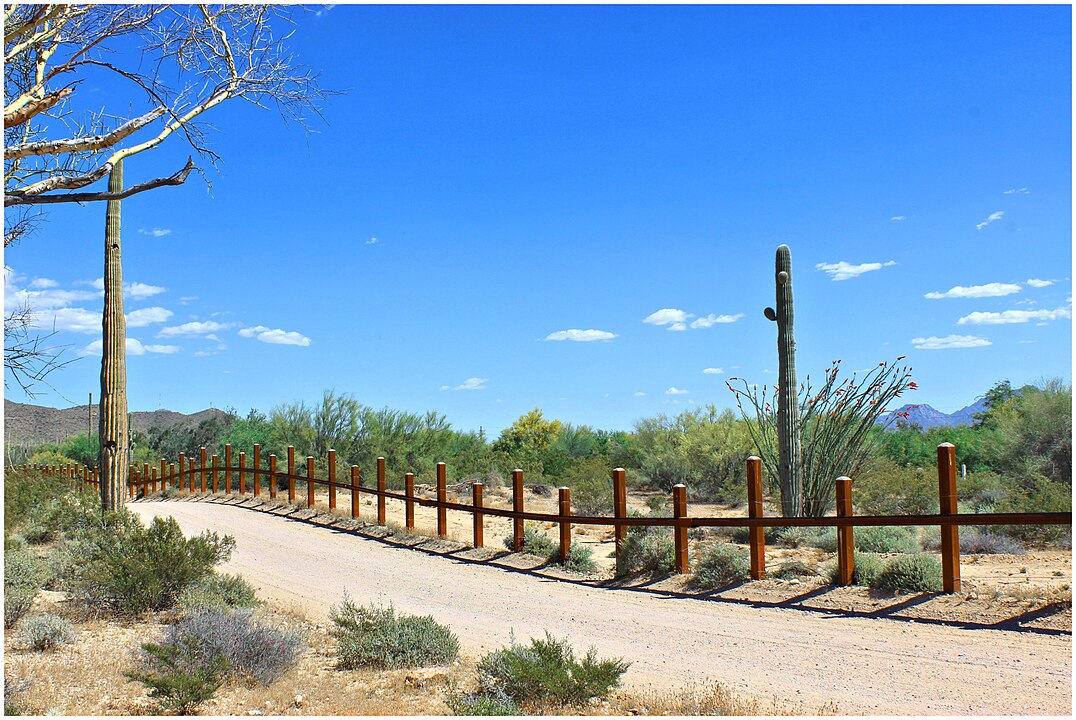
Lukeville is more outpost than town, a gateway to Organ Pipe Cactus National Monument with limited services. Sonoyta, just across in Sonora, fills the gap with groceries, hardware, and auto shops that keep desert life moving. Residents, park staff, and road-trippers slide over the line for basics, then back into long, empty miles. The economy is braided, the errands predictable, and the border routine enough to feel like a stoplight between neighborhoods.
